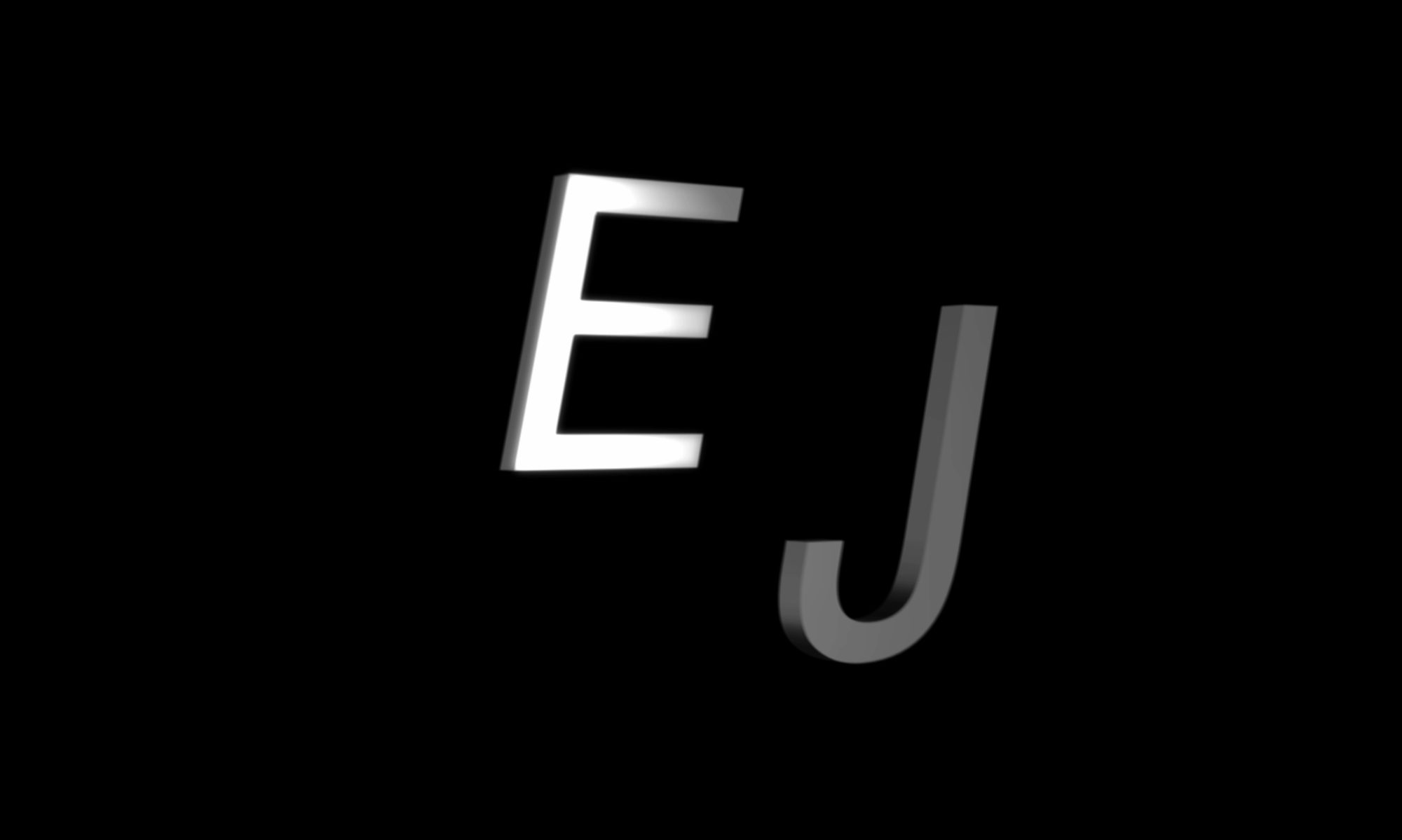“Mikrotopijos” – filmas sukurtas apropriacijos strategija, kai ant filmo vaizdo takelio klojamas garsas “iš kitos operos”, – taip susitinka skirtingi kontekstai.
Apie filmą menotyrininkas Kęstutis Šapoka:
“Videomenininkas, dokumentalistas, tapytojas Evaldas Jansas ir šį kartą imasi sau būdingų prieštaringų socialinių ir socioestetinių temų ir kaip visada „nevynioja į vatą“.
E. Jansas savo filme “Mikrotopijos” supriešina garso į ir vaizdo takelius, iš tiesų suklodamas vieną ant kitos, sukergdamas kardinaliai besiskiriančias tikroves ‒ socialinį užribį, marginalumą, „nenormalumą“ audiotakelyje ir parodomąją, dekoratyvinę, propagandinę tikrovę vaizdo takelyje, kuri paprastai retransliuojama per masinės komunikacijos priemones.
Taigi, kontrastuojantys garso ir vaizdo takeliai sukuria paradoksalaus, paranojiško erdvėlaikio įspūdį, kai nebeaišku kuri iš pateikiamų ‒ atpasakojamų ar vaizduojamų ‒ tikrovių yra „tikrovė“. Bet kokiu atveju, parodomoji, demonstracinė tikrovė, retransliuojama per masines komunikacijos priemones šiame filme apsireiškia kaip prasminė tuštuma, kuri atitinkamai didina ir nesustodama daugina ir egzistencines tuštumas.”
Projektą dalinai remia Lietuvos kultūros taryba ir Lietuvos respublikos kultūros mininsterija.
